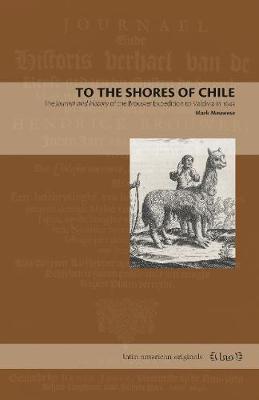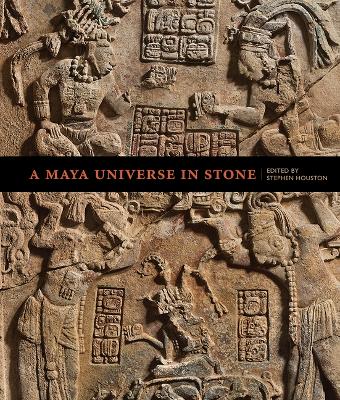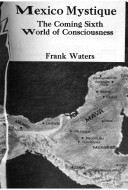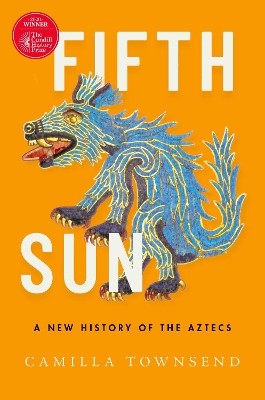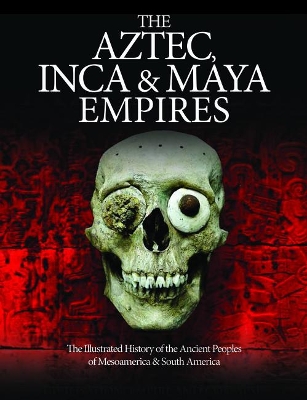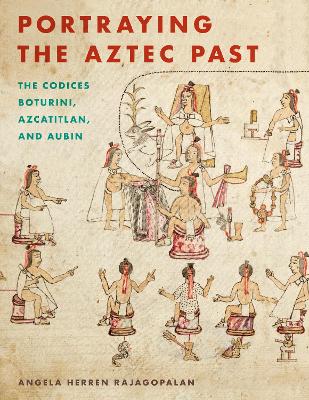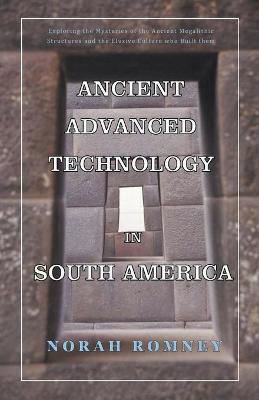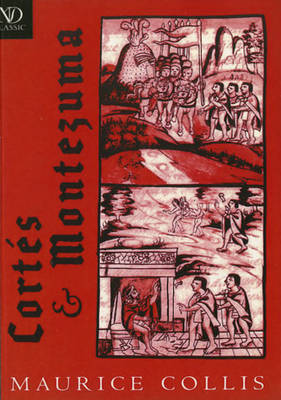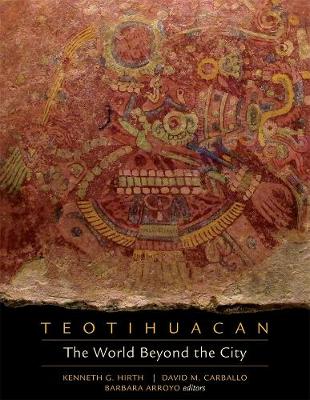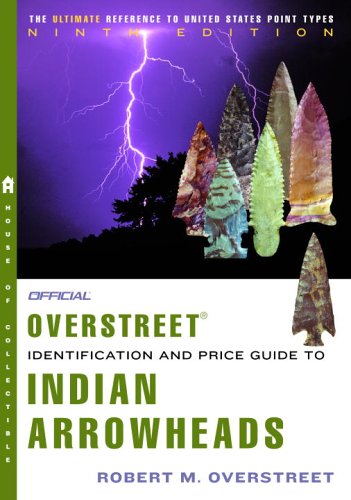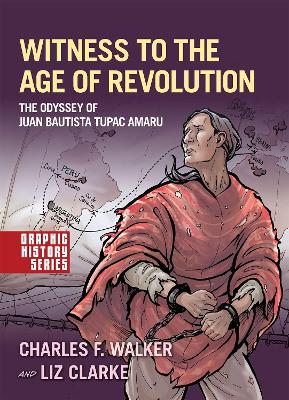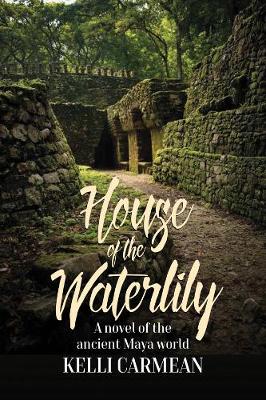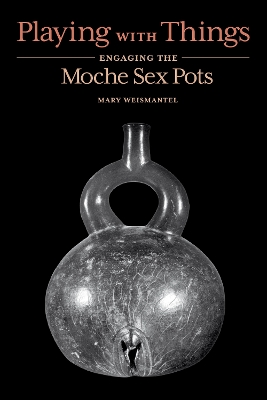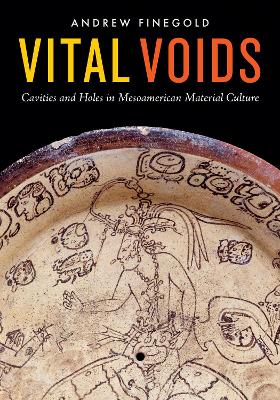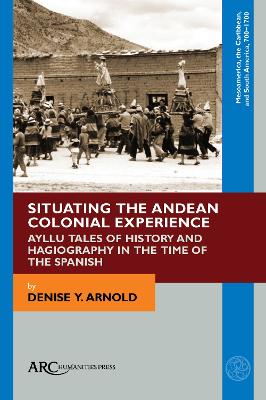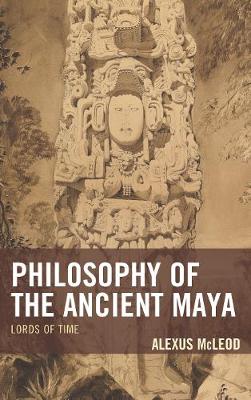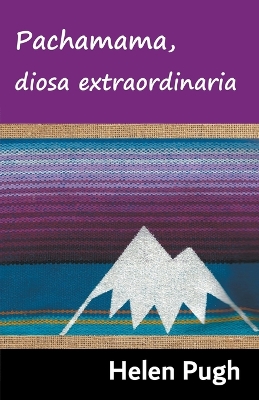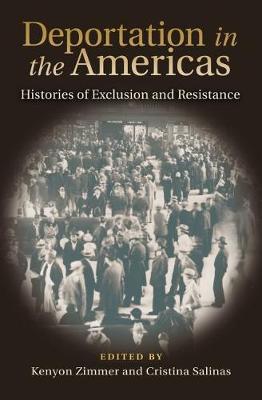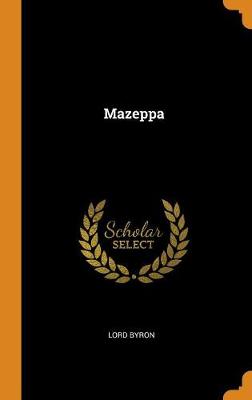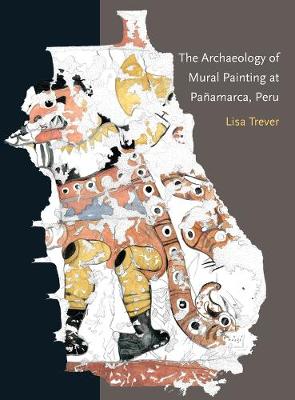To the Shores of Chile presents the remarkable story of an expedition that took place in Latin America during the height of the Dutch Empire. Skillfully translated by Mark Meuwese, this captivating work sheds light on Dutch imperialism and the complicated relationships between Native peoples and European colonizers. In 1643, the Dutch West India Company launched an expedition to the coast of southern Chile. With plans to set up a permanent outpost that they hoped would generate enormous revenue...
In 1950, Dana Lamb, an explorer of some notoriety, stumbled on a Maya ruin in the tropical forests of northern Guatemala. Lamb failed to record the location of the site he called Laxtunich, turning his find into the mystery at the center of this book. The lintels he discovered there, long since looted, are probably of a set with two others that are among the masterworks of Maya sculpture from the Classic period. Using fieldwork, physical evidence, and Lamb's expedition notes, the authors identif...
In Mexico Mystique Frank Waters draws us deeply into the ancient but still-living myths of Mexico. To reveal their hidden meanings and their powerful symbolism, he brings to bear his gift for intuitive imagination as well as a broad knowledge of anthropology, Jungian psychology, astrology, and Eastern and esoteric religions. He offers a startling interpretation of the Mayan Great Cycle - our present Fifth World - whose beginning has been projected to 3113 B.C., and whose cataclysmic end has been...
In November 1519, Hernando Cortes walked along a causeway leading to the capital of the Aztec kingdom and came face to face with Moctezuma. That story-and the story of what happened afterwards-has been told many times, but always following the narrative offered by the Spaniards. After all, we have been taught, it was the Europeans who held the pens. But the Native Americans were intrigued by the Roman alphabet and, unbeknownst to the newcomers, they used it to write detailed histories in their o...
The Aztec, Inca and Maya Empires charts the rise and fall pre-Columbian civilizations in Mesoamerica and South America, from the Maya to the Aztec and Inca empires, as well as the Zapotec, Olmec, Teotihuacan and Toltec civilizations. From government structures to marriage rites, from pyramids to human sacrifice, from agriculture to textiles, astronomy to hieroglyphics to ball games, the book explores the history of what today we call Latin America from its early kingdoms up to the crippling of...
During the period of Aztec expansion and empire (ca. 1325-1525), scribes of high social standing used a pictographic writing system to paint hundreds of manuscripts detailing myriad aspects of life, including historical, calendric, and religious information. Following the Spanish conquest, native and mestizo tlacuiloque (artist-scribes) of the sixteenth century continued to use pre-Hispanic pictorial writing systems to record information about native culture. Three of these manuscripts-Codex Bot...
Teotihuacan (Pre-Columbian Symposia and Colloquia)
by David M Carballo, Kenneth G. Hirth, and Barbara Arroyo
The Ultimate Guide to Indian Arrowheads! Long considered the Bible of arrowhead collecting, The Official Overstreet Indian Arrowheads Identification and Price Guide is an encyclopedic guide to projectile points found in the contiguous United States, as well as Alaska. Featuring more than 12,000 images of points from 10 distinct geographical regions, readers gain an understanding of arrowhead types, manufacturing, grading, materials and values. A substantial and massive reference unmatched in...
Witness to the Age of Revolution (Graphic History)
by Charles F. Walker and Liz Clarke
The Tupac Amaru rebellion of 1780-1783 began as a local revolt against colonial authorities and grew into the largest rebellion in the history of Spain's American empire-more widespread and deadlier than the American Revolution. An official collector of tribute for the imperial crown, Jose Gabriel Condorcanqui had seen firsthand what oppressive Spanish rule meant for Peru's Indian population and, under the Inca royal name Tupac Amaru, he set events in motion that would transform him into one of...
Set in the Maya civilization's Late Classic Period House of the Waterlily is a historical novel centered on Lady Winik, a young Maya royal. Through tribulations that mirror the political calamities of the Late Classic world, Winik's personal story immerses the reader not only in her daily life, but also in the difficult decisions Maya men and women must have faced as they tried to navigate a rapidly changing world. Kelli Carmean's novel brings to life a people and an era remote from our own, y...
More than a thousand years ago on the north coast of Peru, Indigenous Moche artists created a large and significant corpus of sexually explicit ceramic works of art. They depicted a diversity of sex organs and sex acts, and an array of solitary and interconnected human and nonhuman bodies. To the modern eye, these Moche “sex pots,” as Mary Weismantel calls them, are lively and provocative but also enigmatic creations whose import to their original owners seems impossible to grasp. In Playing wi...
The Resurrection Plate, a Late Classic Maya dish, is decorated with an arresting scene. The Maize God, assisted by two other deities, emerges reborn from a turtle shell. At the center of the plate, in the middle of the god’s body and aligned with the point of emergence, there is a curious sight: a small, neatly drilled hole. Art historian Andrew Finegold explores the meanings attributed to this and other holes in Mesoamerican material culture, arguing that such spaces were broadly understood as...
Situating the Andean Colonial Experience (Mesoamerica, the Caribbean, and South America, 700-1700)
by Denise Y. Arnold
Philosophy of the Ancient Maya (Studies in Comparative Philosophy and Religion)
by Alexus McLeod
This book investigates some of the central topics of metaphysics in the philosophical thought of the Maya people of Mesoamerica, particularly from the Preclassic through Postclassic periods. This book covers the topics of time, change, identity, and truth, through comparative investigation integrating Maya texts and practices-such as Classic Period stelae, Postclassic Codices, and Colonial-era texts such as the Popol Vuh and the books of Chilam Balam-and early Chinese philosophy.
Deportation in the Americas (Walter Prescott Webb Memorial Lectures)
In Deportation in the Americas: Histories of Exclusion and Resistance, editors Kenyon Zimmer and Cristina Salinas have compiled seven essays, adapted from the Walter Prescott Webb Memorial Lecture Series, that deeply consider deportation policy in the Americas and its global effects. These thoughtful pieces significantly contribute to a growing historiography on deportation within immigration studies-a field that usually focuses on arriving immigrants and their adaptation. All contributors have...
